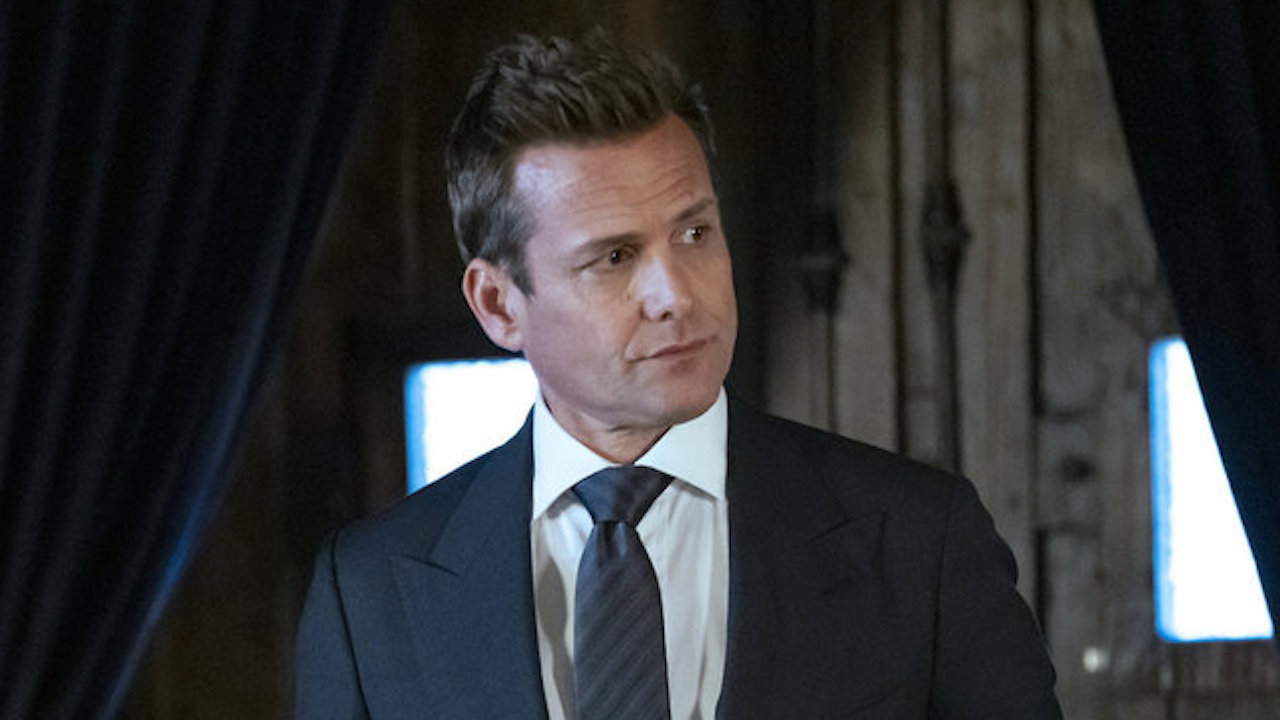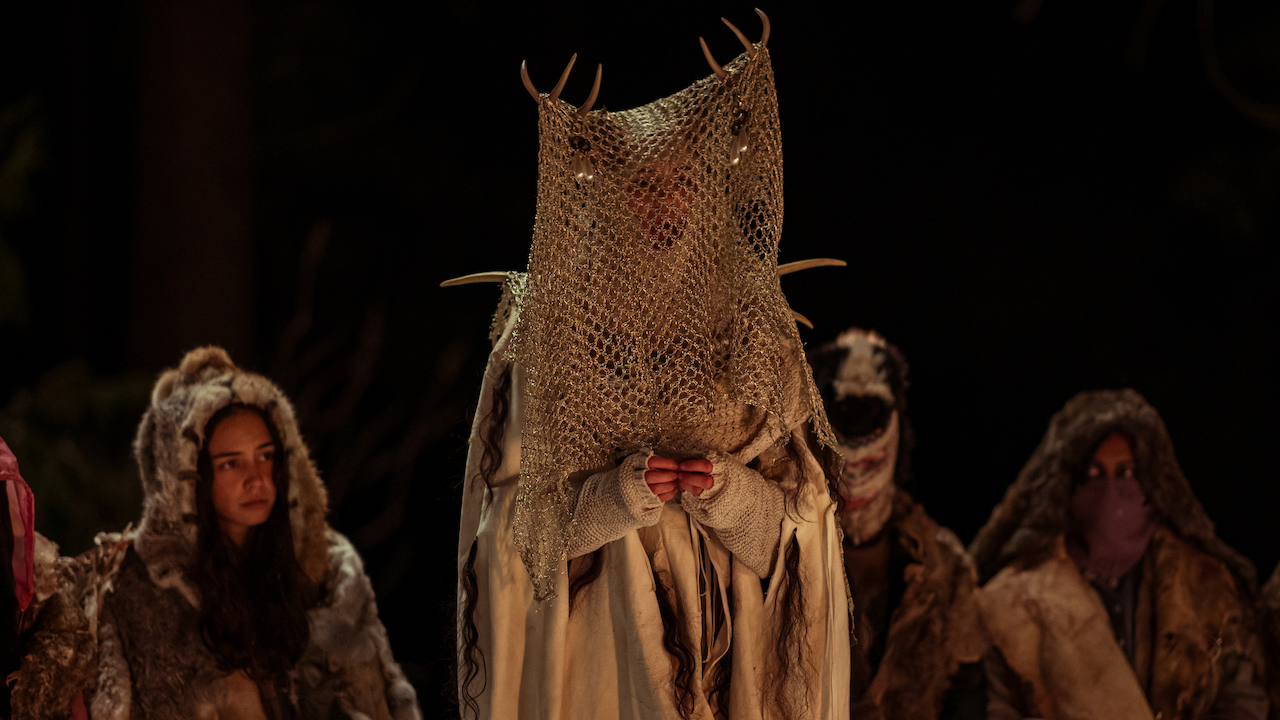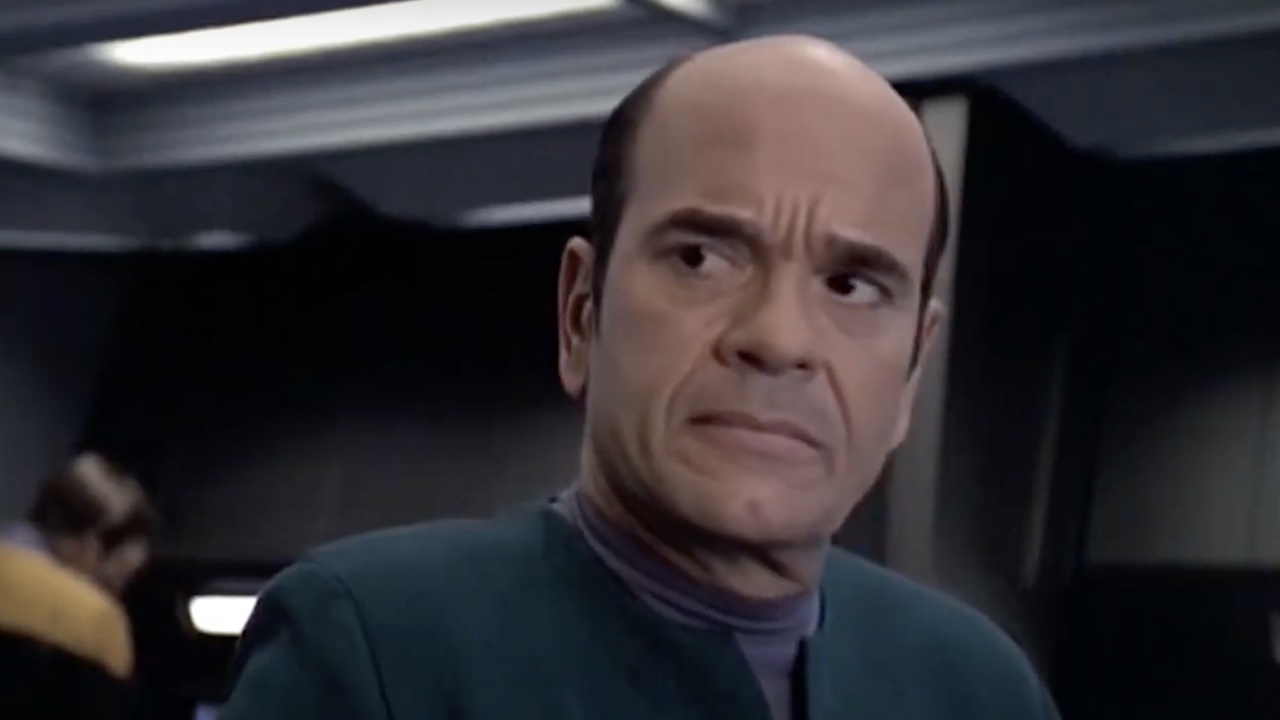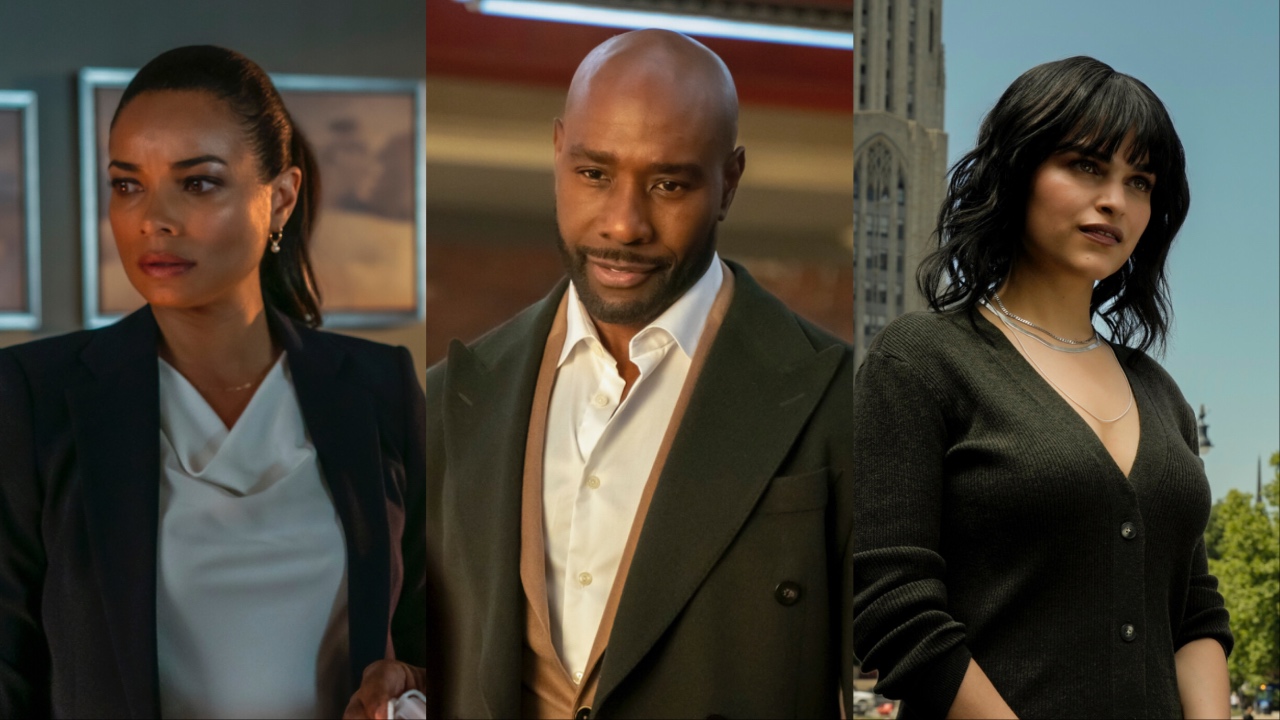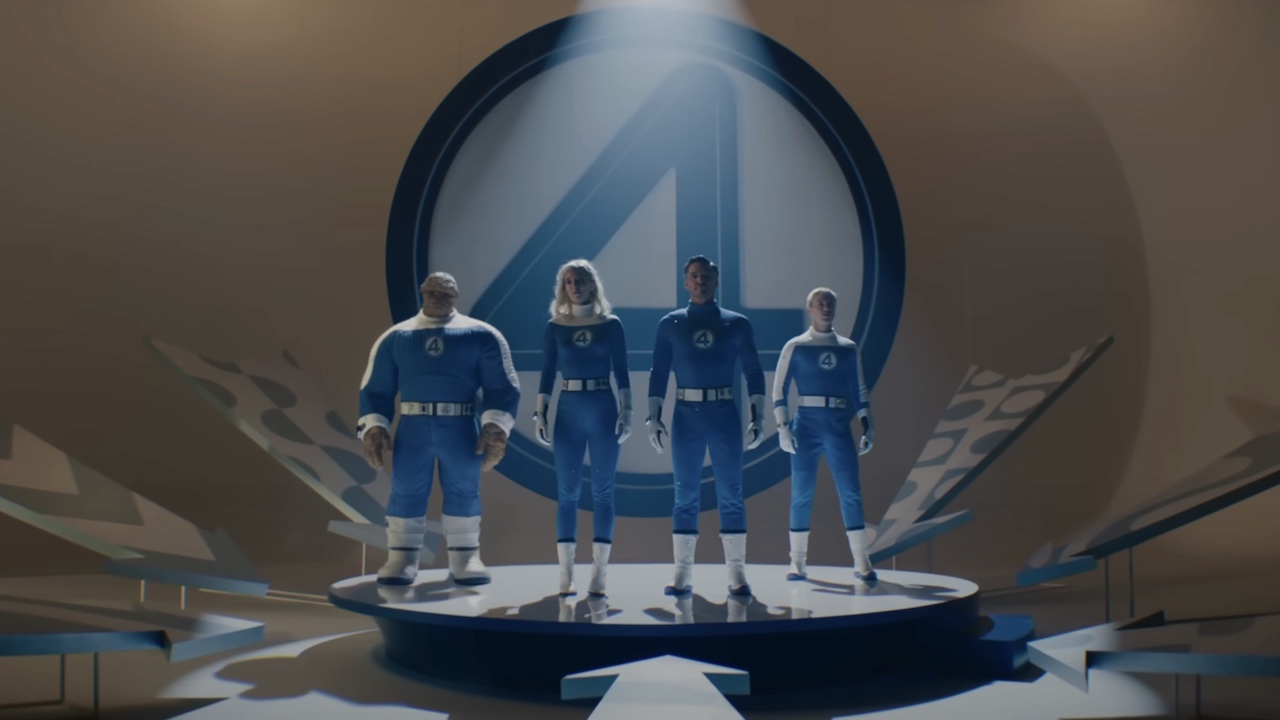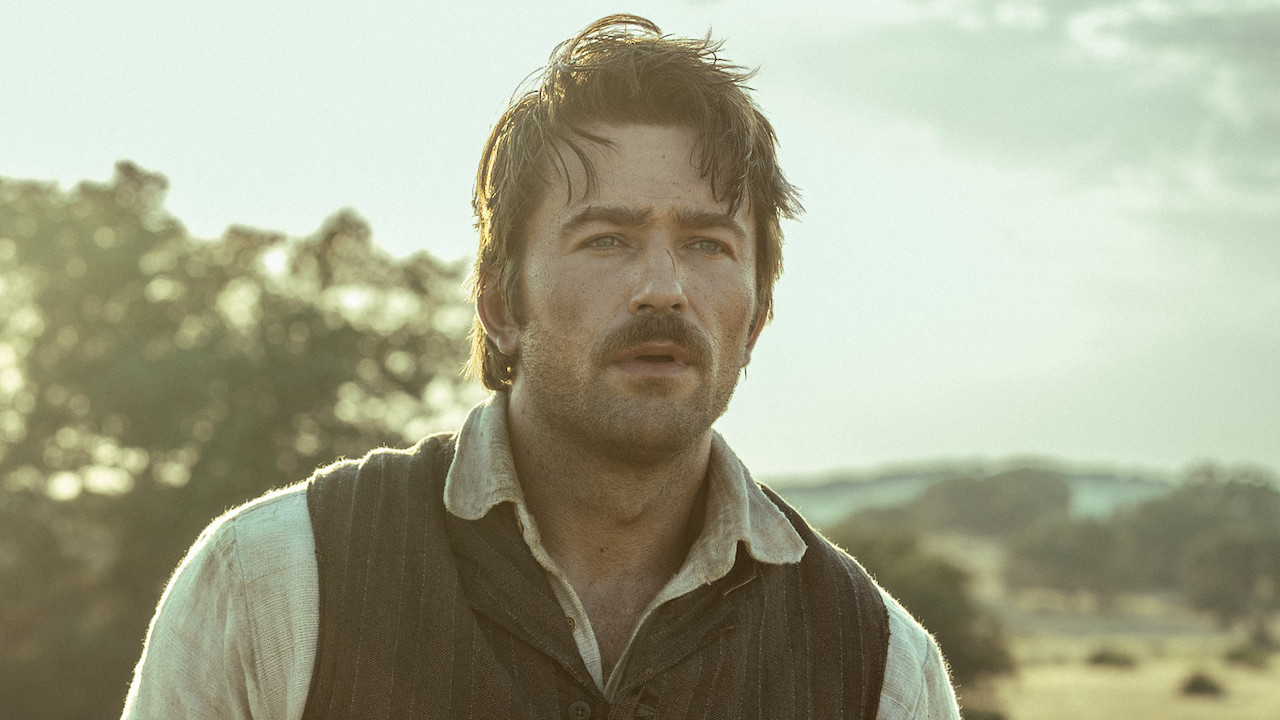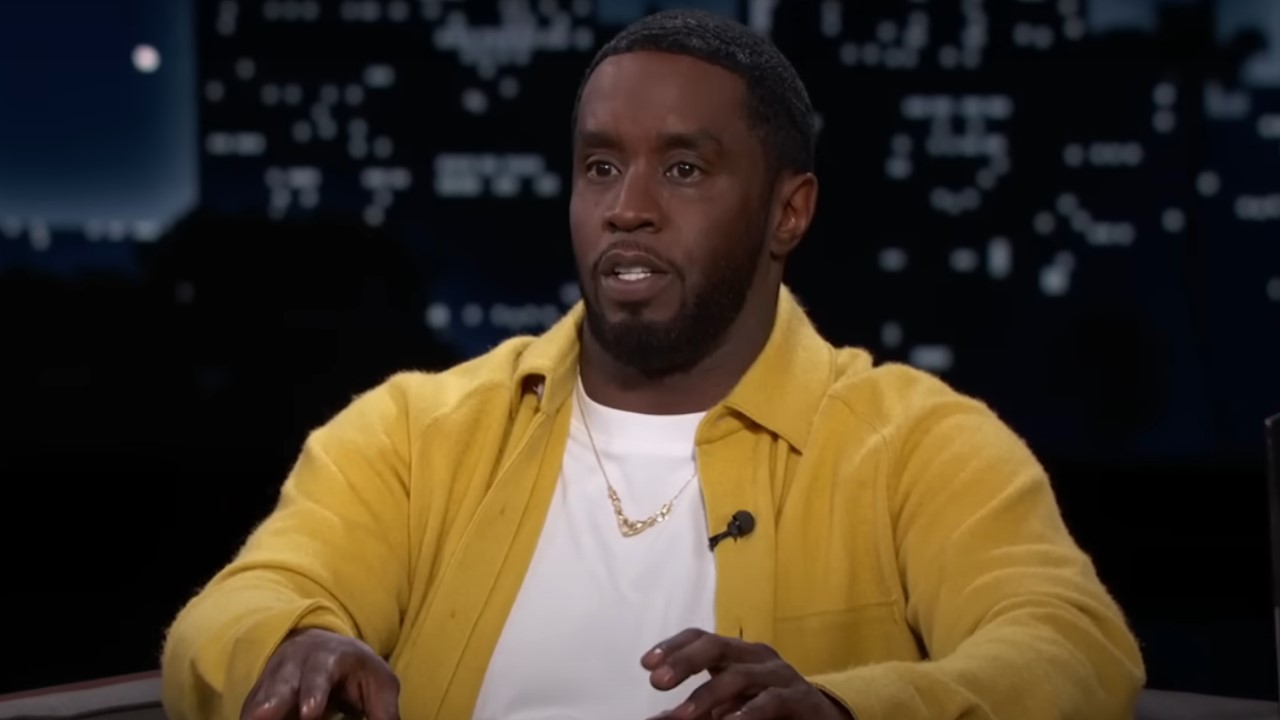Watchmen Ending Explained: How It’s Significantly Different From The End Of The Comic
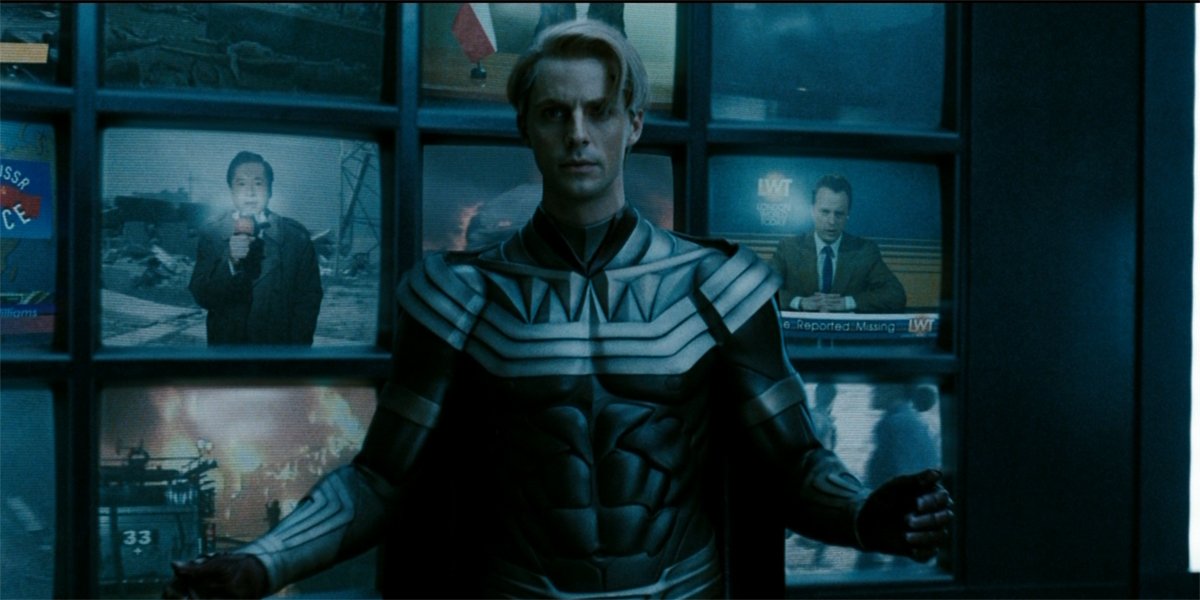
When it comes to modern comic book adaptations, there are few that are as excessively faithful as Zack Snyder’s adaptation of Alan Moore and Dave Gibbons’ Watchmen. It’s a case where panels of the illustrated source material were regularly used as storyboards, as certain shots in the film are perfectly brought to life down to the smallest detail. At the same time, however, calling it a 100% facsimile would be a misnomer, as there are plenty of fans of both the blockbuster and the comic that will be quick to tell you that the Watchmen movie ending is actually quite a bit different than its on-the-page counterpart.
What happens in the ending? How is it different than the comic? Why did the film opt to make such a significant change? We have answers to all of those questions and more in this feature, which will entirely focus on the ending of Watchmen and work to explain why it is the way it is and what it is. So without further ado, let’s dive in with question number one and recap what goes on in the conclusion of the adaptation…
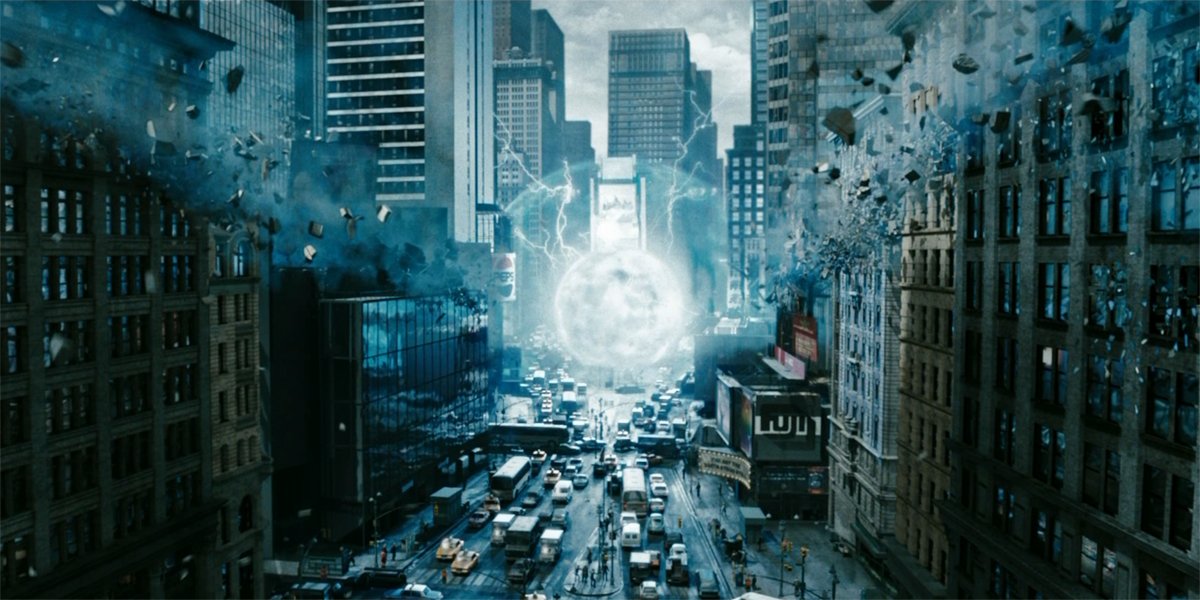
What Happens At The End Of Watchmen
Picking up with the action about 30 minutes before the end of the film, we’ll start our Watchmen ending recap with the arrival of Dan Dreiberg a.k.a. Nite Owl (Patrick Wilson) and Rorschach (Jackie Earle Haley) in Antarctica – the duo having learned Adrian Veidt a.k.a. Ozymandias (Matthew Goode) was the man responsible for the murder of Eddie Blake a.k.a. The Comedian (Jeffrey Dean Morgan). Their ship, Archimedes, crash lands a short distance away from Adrian’s fortress, known as Karnak, and as they leg the final portion of their journey we the audience see a flash of blue light in one of the structure’s windows.
Nite Owl and Rorschach attempt a quiet assault, finding Ozymandias sitting on a throne watching multiple television monitors with his mutated lynx Bubastis, but the furtive effort proves entirely unnecessary as Adrian is entirely aware of their presence, having watched their approach via security cameras. The heroes attack, but Adrian is able to fend them off with practically zero effort, simultaneously confessing every move of his master plan.
Adrien Veidt Reveals His Secret Plan
Ozymandias admits that he was the one who assassinated both The Comedian and the supervillain Moloch (Matt Frewer), as the former learned about Adrian’s machinations and then drunkenly confessed them to the latter during a drunken break in. Furthermore, he acknowledges that he was the one who successfully managed to get Jon Osterman a.k.a. Dr. Manhattan (Billy Crudup) to leave the Earth and start questioning his relationship with humanity – namely by planting a device that gave cancer to Jon’s former co-worker and ex-wife and by creating a device – with Jon’s help – to block the god-like hero’s vision of the future. The villain even went as far as to hire a hitman to target himself as a means of eliminating himself as a suspect, even killing his “would-be killer” by surreptitiously dropping a cyanide capsule in his mouth.
Adrian admits that the only “loose thread” he had to deal with was the violent investigation being conducted by Rorschach, but he found his way to neutralizing the mask-wearing detective by tipping the cops that he was going to be at Moloch’s place – which had the desired effect of landing Rorschach in prison (at least temporarily).
CINEMABLEND NEWSLETTER
Your Daily Blend of Entertainment News
Moving on to the main event, and continuing to effortlessly stop continued attacks from his former friends, Ozymandias finally tells Nite Owl and Rorschach about his endgame – which is detonating devices in key regions around the globe with the intention of killing 15 million people. Thanks to the tachyon technology employed, the world would believe that the attacks were initiated by Dr. Manhattan to punish humanity for letting the Doomsday Clock get so close to midnight. Rorschach says that he and his crime-fighting partner won’t let it happen, but then Adrian explains,
I’m not a comic book villain. Do you think I’d explain my masterstroke to you if there were even the slightest possibility you could affect the outcome? I triggered it 35 minutes ago.
On a series of monitors nearby, we see that Ozymandias is not bluffing, and that he has in fact detonated his energy devices all around the globe. The final one to launch is the one heading to midtown Manhattan, and while New York City characters like Dr. Malcolm Long (William S. Taylor), the News Vendor (Jay Brazeau) and the teen comic reader (Jesse Reid) look on, an explosion rocks the world and transforms the metropolis into a crater. At the Pentagon, President Richard Nixon (Robert Wisden) learns from Henry Kissinger (Frank Novak) that Dr. Manhattan is responsible for the attack.
Dr. Manhattan Has Entered The Game
It’s at this time that Dr. Manhattan and Laurie Jupiter a.k.a. Silk Spectre II (Malin Akerman) arrive back on Earth from Mars, and together they witness the horrible destruction first hand. All at once Jon realizes that he has been manipulated, and that Adrian is trying to frame him. Together they then teleport to Antarctica.
Attempting to rid the world of the only being he sees as a threat, Adrian lures Dr. Manhattan into a tachyon trap, and for a moment it appears that he is successful. It turns out to be a failure, however, as the blue superman reassembles his physical form (what he describes as the first “trick” he learned) and reappears 100 feet tall outside the walls of Karnak. Jon attacks his old friend, explaining his total insignificance… but Adrian’s simple retort comes in the form of him switching on the television. Nixon addresses the nation and informs all Americans watching that a peace agreement has been forged with the U.S.S.R. so that the two sides may work together to protect themselves from future Dr. Manhattan attacks.
Choosing to neither condone nor condemn, Jon acknowledges that he understands what Adrian has done – sacrificing millions to save billions – though the majority of the heroes object to what they see as peace based on a lie. Rorschach refuses to compromise and he makes his way toward the door, his plan being to return to the world so that he can tell everyone what Adrian has done. This is something that Dr. Manhattan cannot allow, and when Rorschach gets outside he sees that Jon is already waiting for him. Upset and unwilling to yield, the sociopathic detective removes his mask and demands he be killed, and Manhattan obliges him. Watching the whole thing from afar, Nite Owl screams.
Inside, Jon is saying goodbye to Laurie, informing her of his plan to leave the galaxy and use his new appreciation for life to try and create some. As he disappears, Nite Owl returns and unleashes his full fury on Adrian, but this time Ozymandias refuses to fight back, and instead just takes the hits. It’s pointless. Nite Owl eventually gives up, and he leaves Karnak with Laurie in Archimedes, which is floating in auto-pilot mode outside the door.
The Aftermath
Jumping forward in time, we find Laurie in San Francisco visiting her mother Sally (Carla Gugino), and the daughter confesses that she knows that Eddie Blake was her father. Sally explains that the reason she was never mad at Eddie for sexually assaulting her was because their relationship gave her a daughter. Dan enters the scene, clearly now in a relationship with Laurie, and they make small talk about the state of things. While Dan tries to convince her that fear of Dr. Manhattan’s presence will maintain peace on Earth, Laurie retorts with a quote from Jon himself: “Nothing ends. Nothing ever ends.”
Back in New York, the editor of the tabloid newspaper the New Frontiersman (L. Harvey Gold) bemoans the fact that there are no stories to publish due to the whole world becoming peaceful. A staffer named Seymour (Chris Gauthier) pitches the idea of trying out material from the “Crank file” a.k.a. reader submissions – and we see that sitting on the stack of potential scoops is Rorschach’s journal, which contains all of the details from his investigation of The Comedian’s murder.
The vast majority of events depicted in end of the movie version of Watchmen is taken directly from the work of Alan Moore and Dave Gibbons – but there is one absolutely massive difference, and we’ll dig into it next!
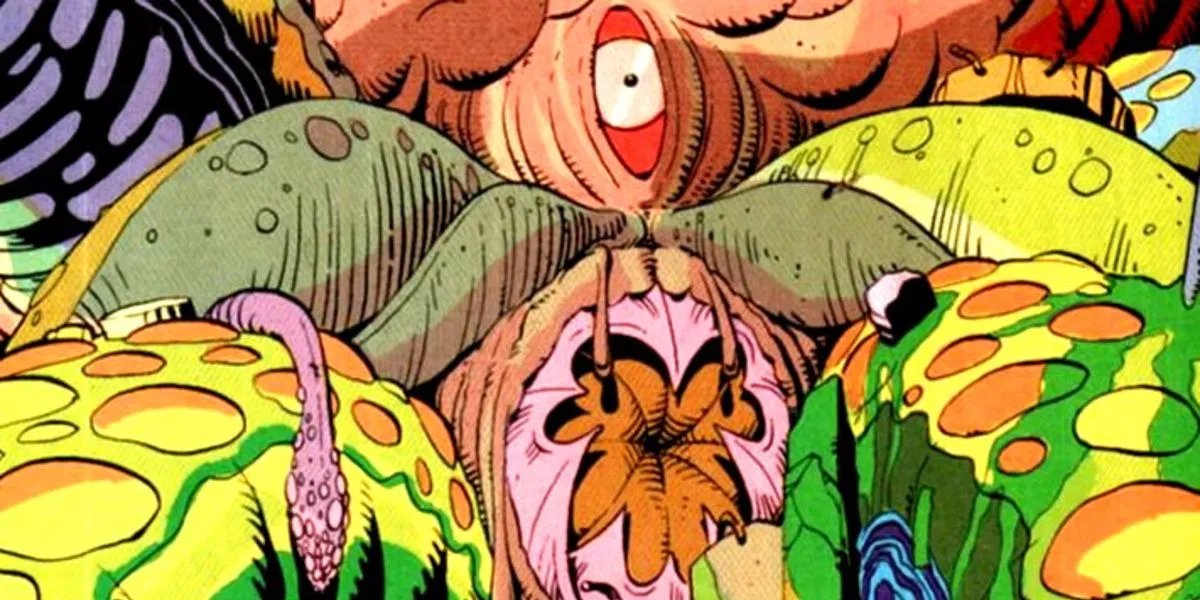
How The Watchmen Is Significantly Different From The End Of The Comic
Featuring a non-linear plot, a large ensemble of characters, and multiple narratives, Watchmen is a story that is pretty much bursting at the seams as a single feature film (which explains why the shortest version is still 162 minutes), and it’s impressive to see just how much from the comic it manages to include. That being said, there is a whole arc from the source material that isn’t really present at all in the adaptation, and it winds up having a significant effect on the way that things play out in the third act.
In Alan Moore and Dave Gibbons’ limited comic series, the arc in question here is a subtle presence basically throughout the entire run, but the significance of it is really only made known at the very end. Throughout the book there are references to a strange mystery involving a number of prominent artists, scientists and creative figures who have completely disappeared from the public eye. While the “journalists” at the New Frontiersman suggest that there is some kind of Cuban plot afoot, the truth is that it’s another aspect of the scheme orchestrated by Adrian Veidt – specifically the creation of a giant creature that winds up changing the world.
Let’s stop dancing around it: in the Watchmen comic, Ozymandias’ big plan isn’t to frame Dr. Manhattan for killing 15 million people, but instead get everybody in the world to believe that the universe is on the verge of being invaded by a species of tentacle monsters from another dimension. He does this by hiring the aforementioned “missing” geniuses to genetically engineer a single squid-like creature, and then drops said creature in the middle of New York City. The result is that half of the city’s population is killed by the weight of the monster, its exploding limbs, or the psychic shockwave it’s programmed to emit.
This is an aspect of the comic that is all but totally replaced in the Watchmen movie – but it should be noted that at the very least there is reference made to it. Specifically, the name of the device that Adrian Veidt builds in the blockbuster is the Sub Quantum Unifying Intrinsic Device, which is displayed as S.Q.U.I.D. on the monitors shown shortly before the detonation in New York City. Beyond that, however, the endgame plots are significantly different, and the reasons why are what we’ll get into next!
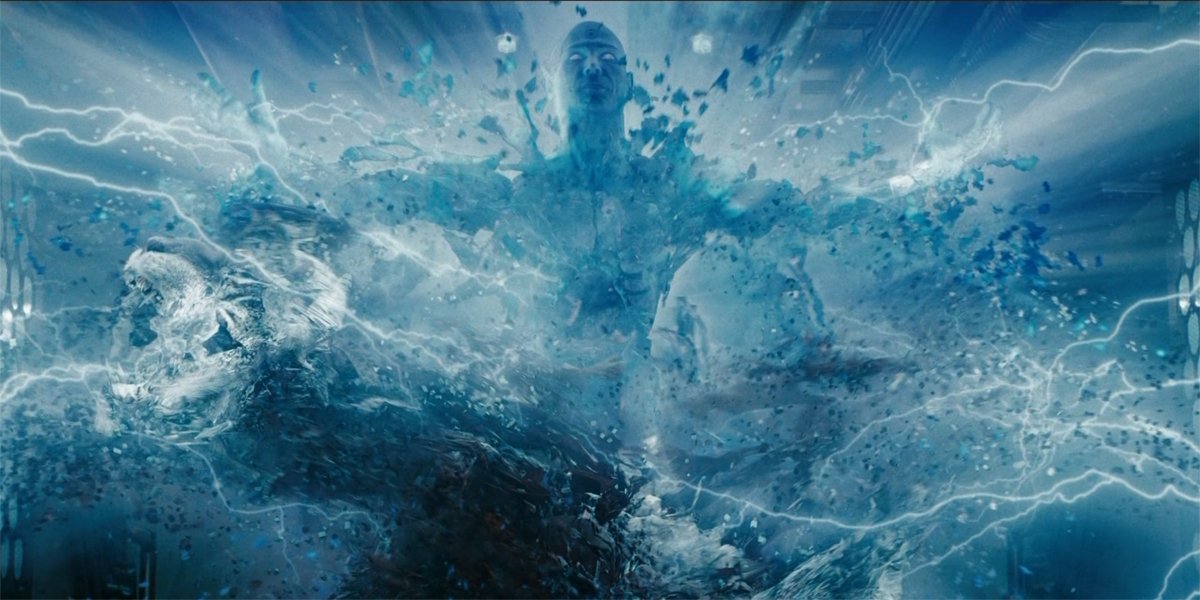
Why Zack Snyder Eliminated The Squid From The Film
Given how deeply faithful the majority of Watchmen is, it’s entirely reasonable to question why such a significant and memorable part of the comic would be changed in such dramatic fashion. That being said, we basically provided you the answer in the first paragraph of the last section: it was simply too much story for the already maxed out narrative to contain.
Zack Snyder was asked by MTV in a post-release interview in 2009 to discuss why it was that Watchmen’s movie ending implemented a deviation from the comics, and Snyder surprisingly managed to explain it without saying the word “awesome.” In short, there was a choice to be made behind the scenes whether the film should add an extra plot thread, or instead feature more of the established characters. Said the director,
The reason that the squid got taken out of the movie was so there’d be more Rorschach and a little bit more Manhattan. Because we did the math, and we figured it took about 15 minutes to explain [the squid’s appearance] correctly; otherwise, it’s pretty crazy.
It’s not a hard point to take. While it’s easy for an audience to comprehend that Dr. Manhattan’s energy signature could be used to decimate cities around the globe, creating a giant alien monster that falls out of the sky requires a hell of a lot more setup. The approximate 15 minutes of extra material would have pushed the theatrical cut of the movie to nearly three hours, and that wasn’t something that the filmmakers wanted to do.
And when you really think about it, screenwriter David Hayter deserves a lot of praise for his alternative version, as there is a lot about the movie version of the story that makes sense. As effective as the alien monster is in the comics, it makes a lot more sense that the world would be terrified into peace by a threat that they most definitely know exists. While the giant squid is a random event that offers what is essentially an existential threat, all of humanity is familiar with the god-like powers of Dr. Manhattan, and the reasoning that he might be pissed about the Doomsday Clock’s proximity to midnight is logical enough.
The interesting end result of the change-up is that there are fans who actually prefer the end of the Watchmen movie over the end of the Watchmen comic, and we’ll use the poll below to demonstrate that fact:
This poll is no longer available.
Zack Snyder’s Watchmen is currently available to stream on HBO Max, and can be purchased digitally or on Blu-ray and DVD (multiple cuts exist, including the Director’s Cut and the Ultimate Cut).

Eric Eisenberg is the Assistant Managing Editor at CinemaBlend. After graduating Boston University and earning a bachelor’s degree in journalism, he took a part-time job as a staff writer for CinemaBlend, and after six months was offered the opportunity to move to Los Angeles and take on a newly created West Coast Editor position. Over a decade later, he's continuing to advance his interests and expertise. In addition to conducting filmmaker interviews and contributing to the news and feature content of the site, Eric also oversees the Movie Reviews section, writes the the weekend box office report (published Sundays), and is the site's resident Stephen King expert. He has two King-related columns.

